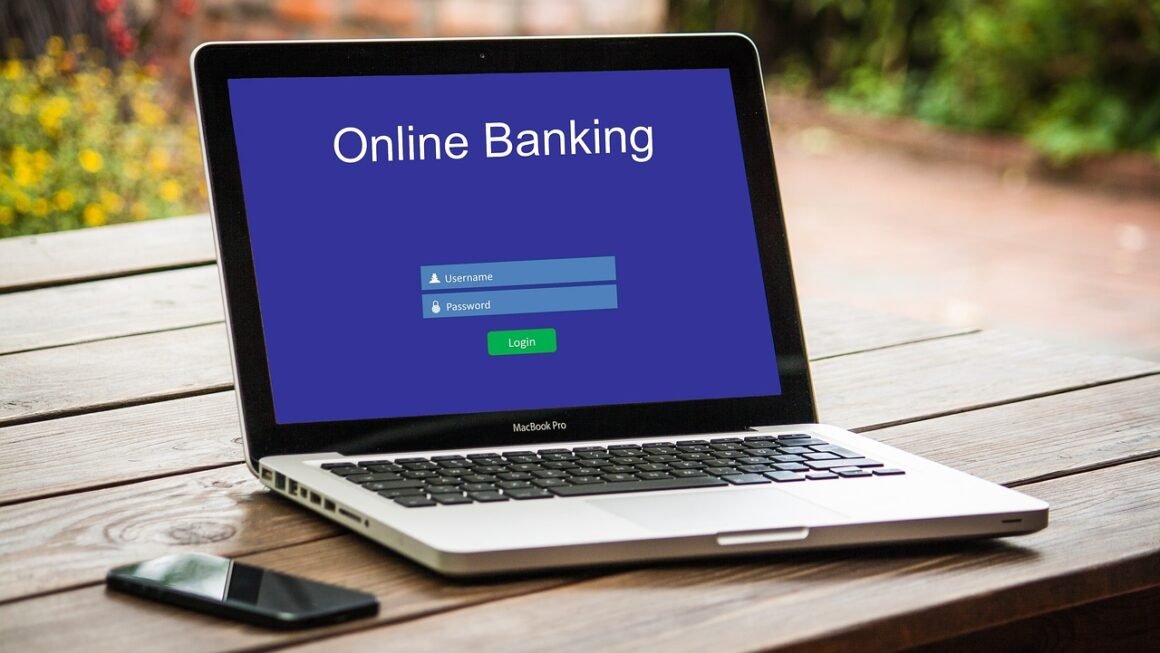Password protection is more than just picking a few letters and numbers you can remember. In today’s digital landscape, where cyber threats are constantly evolving, strong password practices are your first line of defense against data breaches, identity theft, and other malicious activities. This blog post will delve into the essentials of password protection, providing you with actionable strategies to safeguard your online accounts and personal information.
The Importance of Strong Passwords
Understanding the Risks of Weak Passwords
Using weak or easily guessable passwords is like leaving the front door of your home unlocked. Cybercriminals can exploit these vulnerabilities to gain unauthorized access to your accounts.
- Data Breaches: Weak passwords are a primary entry point for data breaches, where sensitive information like credit card details, personal addresses, and social security numbers are stolen.
- Identity Theft: Once an attacker gains access to your accounts, they can use your information to impersonate you, open fraudulent accounts, or commit other crimes in your name.
- Financial Loss: Compromised accounts can lead to direct financial loss through unauthorized transactions, scams, or ransomware attacks. According to Verizon’s 2023 Data Breach Investigations Report, stolen credentials are a major factor in data breaches.
Creating a Password Security Mindset
- Treat passwords as valuable: Don’t share them, write them down in insecure places, or reuse them across multiple accounts.
- Stay informed: Keep up-to-date with the latest cybersecurity threats and best practices.
- Be proactive: Regularly review and update your password security measures.
Crafting Unbreakable Passwords
Password Length and Complexity
The longer and more complex your password, the harder it is to crack. Aim for a minimum of 12 characters, but ideally, go longer.
- Use a combination of characters: Include uppercase and lowercase letters, numbers, and symbols (!@#$%^&*).
- Avoid personal information: Don’t use your name, birthday, pet’s name, or other easily accessible information.
- Example of a strong password: `P@$$wOrdE#ample987!`
Passphrases: A Powerful Alternative
A passphrase is a sentence or phrase that is easy for you to remember but difficult for others to guess.
- Make it meaningful: Choose a phrase that resonates with you but is not obvious to others.
- Use variations: Substitute letters with numbers or symbols (e.g., “I l0ve t0 r3ad b0oks” instead of “I love to read books”).
- Example of a strong passphrase: “My F@vorite c0l0r is el3ctric bl@e!”
Testing Your Password Strength
Use online password strength checkers (like those offered by LastPass or NordPass) to evaluate the resilience of your passwords. Note that you should not enter your actual password, but rather similar combinations to test how difficult they would be to crack. These tools estimate how long it would take a computer to crack your password using various techniques.
Implementing Multi-Factor Authentication (MFA)
What is Multi-Factor Authentication?
Multi-Factor Authentication (MFA) adds an extra layer of security to your accounts by requiring you to provide two or more verification factors. This makes it significantly harder for attackers to gain access, even if they have your password.
- Something you know: Your password.
- Something you have: A code sent to your phone, a security key, or a token.
- Something you are: Biometric data like your fingerprint or facial recognition.
Enabling MFA on Your Accounts
Most major online services offer MFA options. Here’s how to enable it:
- Check your account settings: Look for security or privacy settings where you can enable MFA.
- Choose your authentication method: Common options include SMS codes, authenticator apps (like Google Authenticator or Authy), and hardware security keys (like YubiKey).
- Follow the instructions: Each service has its own specific instructions for setting up MFA.
Benefits of MFA
- Increased security: MFA significantly reduces the risk of unauthorized access to your accounts.
- Protection against phishing: Even if you fall victim to a phishing scam and reveal your password, MFA can prevent attackers from accessing your account.
- Compliance with regulations: Many industries require MFA to comply with data security regulations.
Using Password Managers Effectively
What is a Password Manager?
A password manager is a tool that securely stores your passwords and automatically fills them in when you visit websites or use apps.
- Generates strong, unique passwords: Password managers can create complex passwords that are difficult to crack.
- Stores passwords securely: Passwords are encrypted and stored in a secure vault.
- Automatically fills in passwords: Password managers save you time and effort by automatically filling in your login credentials.
Popular Password Managers
- LastPass: A widely used password manager with a free and premium version.
- 1Password: A popular password manager known for its user-friendly interface and strong security features.
- Bitwarden: An open-source password manager that offers both free and paid plans.
- Dashlane: A feature-rich password manager with advanced security features.
Best Practices for Using Password Managers
- Choose a strong master password: Your master password is the key to your entire password vault. Make it long, complex, and unique.
- Enable MFA: Add an extra layer of security to your password manager by enabling MFA.
- Regularly review and update your passwords: Use the password manager’s password strength checker to identify weak passwords and update them.
Regularly Reviewing and Updating Passwords
Conducting a Password Audit
Regularly review your passwords to identify weak or compromised ones. This includes changing default passwords on new devices or accounts.
- Identify weak passwords: Use password strength checkers or your password manager’s built-in tools to identify passwords that are easy to crack.
- Check for data breaches: Use websites like “Have I Been Pwned” to see if your email address or passwords have been compromised in a data breach.
- Update compromised passwords immediately: If you find that your passwords have been compromised, change them immediately on all affected accounts.
Establishing a Password Update Schedule
- Set a reminder: Schedule a regular reminder to review and update your passwords.
- Prioritize critical accounts: Focus on updating passwords for your most important accounts, such as your bank account, email, and social media accounts.
- Change passwords after a data breach: If a website or service you use experiences a data breach, change your password immediately, even if you haven’t been directly affected.
Conclusion
Protecting your online accounts requires a multi-faceted approach that includes creating strong passwords, enabling multi-factor authentication, using a password manager, and regularly reviewing and updating your passwords. By implementing these strategies, you can significantly reduce your risk of falling victim to cybercrime and keep your personal information safe and secure. Remember, proactive password protection is an investment in your digital safety and peace of mind. Stay vigilant, stay informed, and stay protected!



